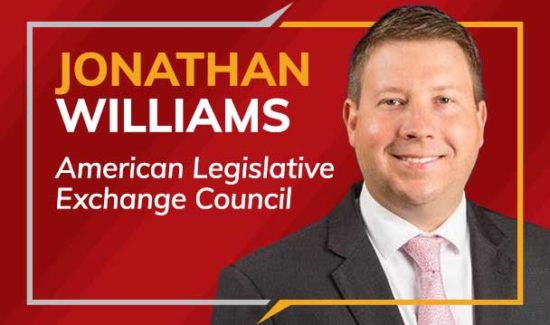The battle for Valley Forge
In the darkest hour of America’s earliest history, November 1777, General George Washington and his staff surveyed some hills around an obscure quarry 20 miles outside of Philadelphia. After the failed American campaigns that fall Washington and his 11,000 defeated, sick and hungry volunteers needed a safe place to dig in for the winter. A place they could defend if the British Army raided it. The best they could find was The Valley Forge.
The winter was harsh and 2,000 soldiers died there. The rest were asked to stay until spring, most did. They suffered the bitter cold until the warm weather of 1778 crossed those hills when German General Baron Von Steuben arrived to train the troops. In June when the Continental Army marched out of Valley Forge they were on the road to victory. A victory that has echoed in every American fighting unit that has gone into battle for the last 223 years.
Although the army camped at Valley Forge there was never a battle there. At least until two weeks ago when American Military Veterans had to take on their own government, in the form of the National Park Service, for the right to be buried there.
Until 1976 Valley Forge Park belonged to the state of Pennsylvania. In that bicentennial year President Ford had the Federal Government, in the guise of the National Park Service bureaucracy, take over Valley Forge. The Pennsylvania General Assembly surrendered easily to White House pressure. Times were bad and it was one less expense for Pennsylvania.
The Federal Park Service took over Valley Forge with a vengeance that would make old King George proud. In short order the government did all it could to sow the seeds of local revolt. The Feds declared Valley Forge to be a “living museum. Picnic groves were cut back but most of the grass wasn’t cut. Nearby homes were suddenly on “historic” land and were to be condemned. An act of Congress stopped that grab. Then the Park Service tried to close a state highway that runs through the park that is used by some 3,000 local commuters every day. The plan was allegedly developed to preserve historic heritage and limit air pollution’s affects on the park’s monuments. The Federal Government backed off the plan when it became apparent that the real reason they hoped to close the road was that they wanted to charge admission to the park.
But the real battle for Valley Forge erupted last month when Senator Arlen Specter and Montgomery County Congressman Joe Hoeffel introduced legislation that would take about 5% of the park and make it a National Veterans Cemetery. Two hundred acres on the other side of the Schuylkill River from the park that the Federal Government bought just 15 years ago. The land is inaccessible. The land isn’t used. In the National Park Service’s published long-range plan the 200 acres were designated for recreation. A place to walk dogs and throw Frisbees. In ‘94 Veterans organizations frustrated with the lack of burial space in National Veterans cemeteries petitioned former Congressman Jon Fox to designate the area a cemetery but until Specter and Hoeffel stepped in the cemetery concept didn’t have a life because the National Park Service objected.
Valley Forge Parks’ superintendent told Congress that the National Park Service objects to the cemetery because: “the establishment of a cemetery within park boundaries would impair very historic resources for which the park was originally established.” Historic Frisbees?
Even though the Park Service’s chief historian claims that there is “no substantiated evidence” of human graves at Valley Forge suddenly on those same unrelated 200 acres the National Park Service has started archeological digs. A process that will create historical fantasies and tie up the hope of a cemetery for years. In all of this national parks get ranked by size. Valley Forge is one of the smallest. Fewer acres, less bureaucratic turf.
That’s what the 2001 battle for Valley Forge is really all about.
There are an estimated 19 million living veterans in the United States today. Most National Cemeteries are near capacity. For all that our vets did we the people promised them a couple of things. Someday they would get paltry pensions for career service and pitiful long-term benefits for short term service but all of them would get the hope of burial with full honors with their comrades in arms when their days were done. Now in the place where America’s Army cut its teeth our veterans have to fight their own government to get that richly deserved final honor.
In the centerpiece monument at Valley Forge are inscribed Washington’s own tribute to America’s Armed Forces: “We can not enough admire the patience and fidelity of the soldiery.” Two centuries after Washington himself couldn’t admire America’s Veterans enough the National Park Service is now battling them in a petty, bureaucratic turf war. That they can do it at all is recognition of how far we’ve come from the ideals of the Founding Fathers. That they might get away with it, under the guise of historic preservation, is the ultimate insult to Valley Forge’s legacy.




